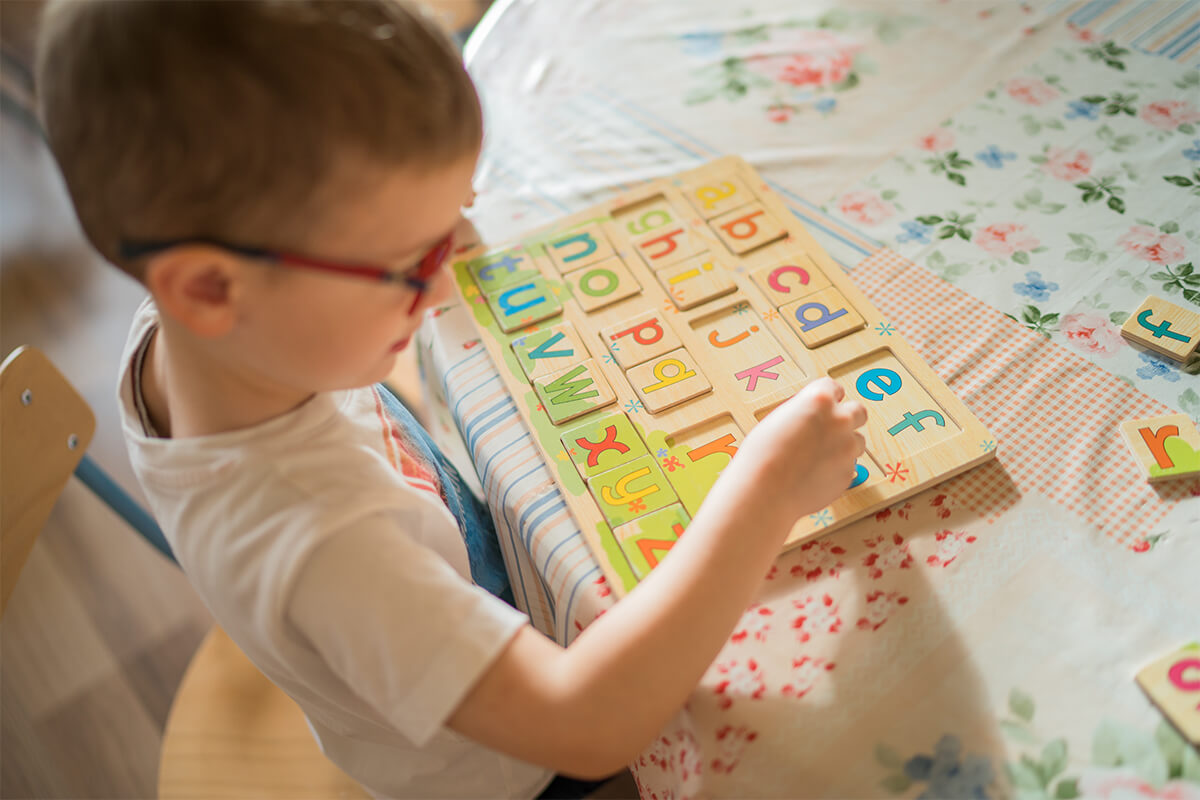Location
The location of the kindergarten was excellent for me, as it was only a 25-minute bus ride from my dormitory. However, this was not the decisive reason for me to choose this kindergarten. The exact location is shown on the attached map.
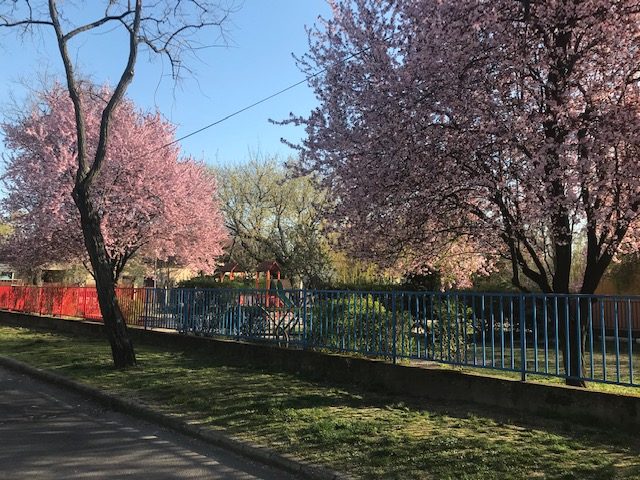
Environment
As you can see in the picture, the fence of the kindergarten is also very beautiful and colorful, and in spring there are many beautiful trees in front of the kindergarten. I think that the kindergarten itself has a very favorable location. There are several panel houses nearby, and you can easily get to the building by "commuting" between them. The street in which the institution is located is quiet and not very busy in terms of traffic, so it is safe to get there. Near the kindergarten, you can also find a large park where you can go with the children if the weather is good. In summary, the environment itself is very friendly and in some places more village-like.
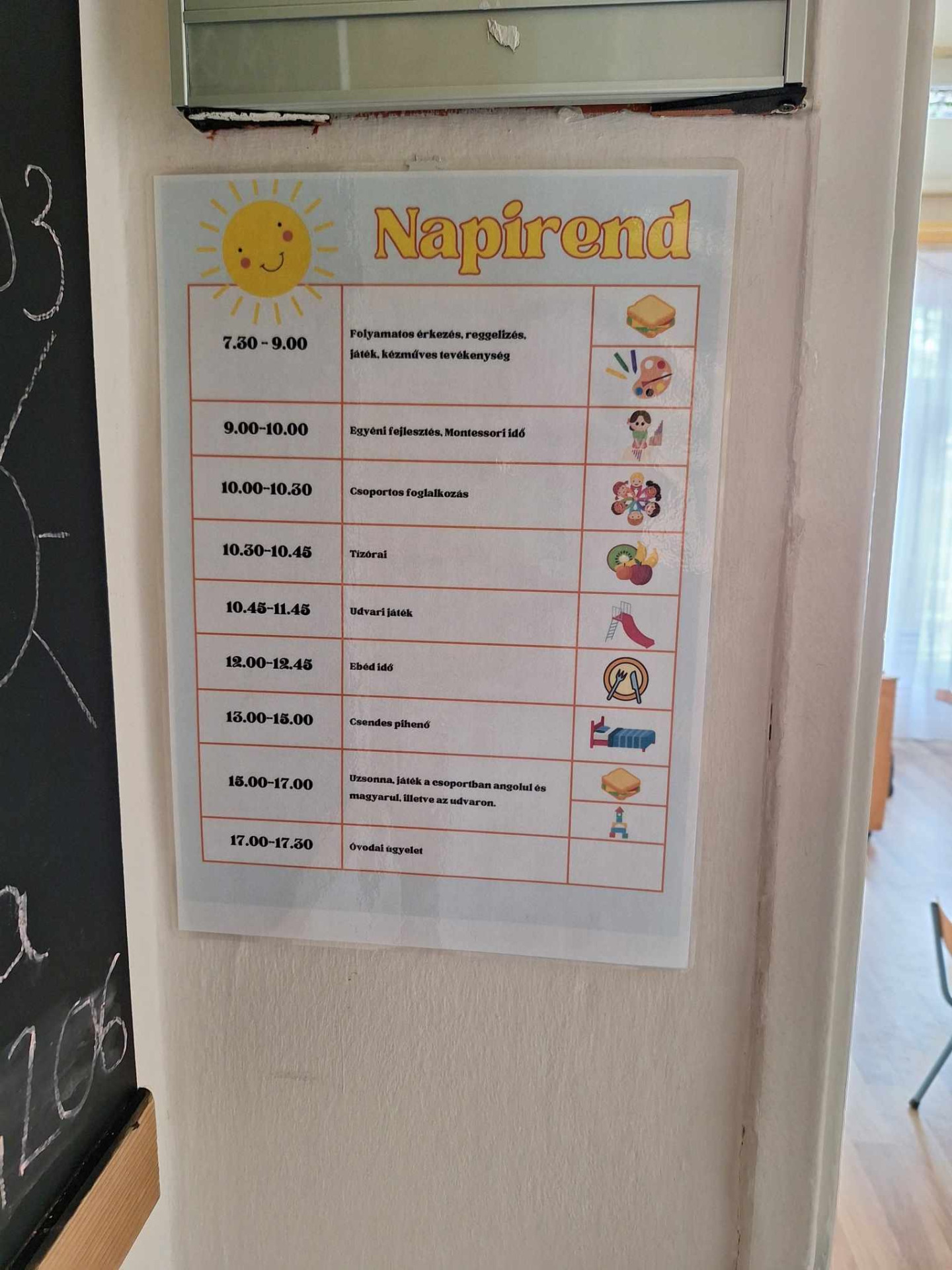
Daily routine
07.30 – 09.00 | Arrival and continuous breakfast, playtime and individual development in English and Hungarian
09.00 – 09.30 | Art project connected to our weekly theme
09.30 – 10.00 | Circle time connected to our weekly theme in English and Hungarian
10.15 – 10.30 | Snack time
10.30 – 11.45 | Playground time
12.00 – 12.45 | Lunch time
13.00 – 15.00 | Nap time
15.00 – 17.00 | Snack and play time in the classroom or on the playground
Tuesday: 10:30 – 11:30 BIBLE CLASS
Wednesday: 13:00 – 14:00 CHESS, 15:30 – 17:00 ROCKY
Thursday: 10:00 – 12:00 FOOTBAL, 11:00 – 12:00 SPEECH THERAPY
Friday: 11:00 – 12:00 SWIMMING CLASS
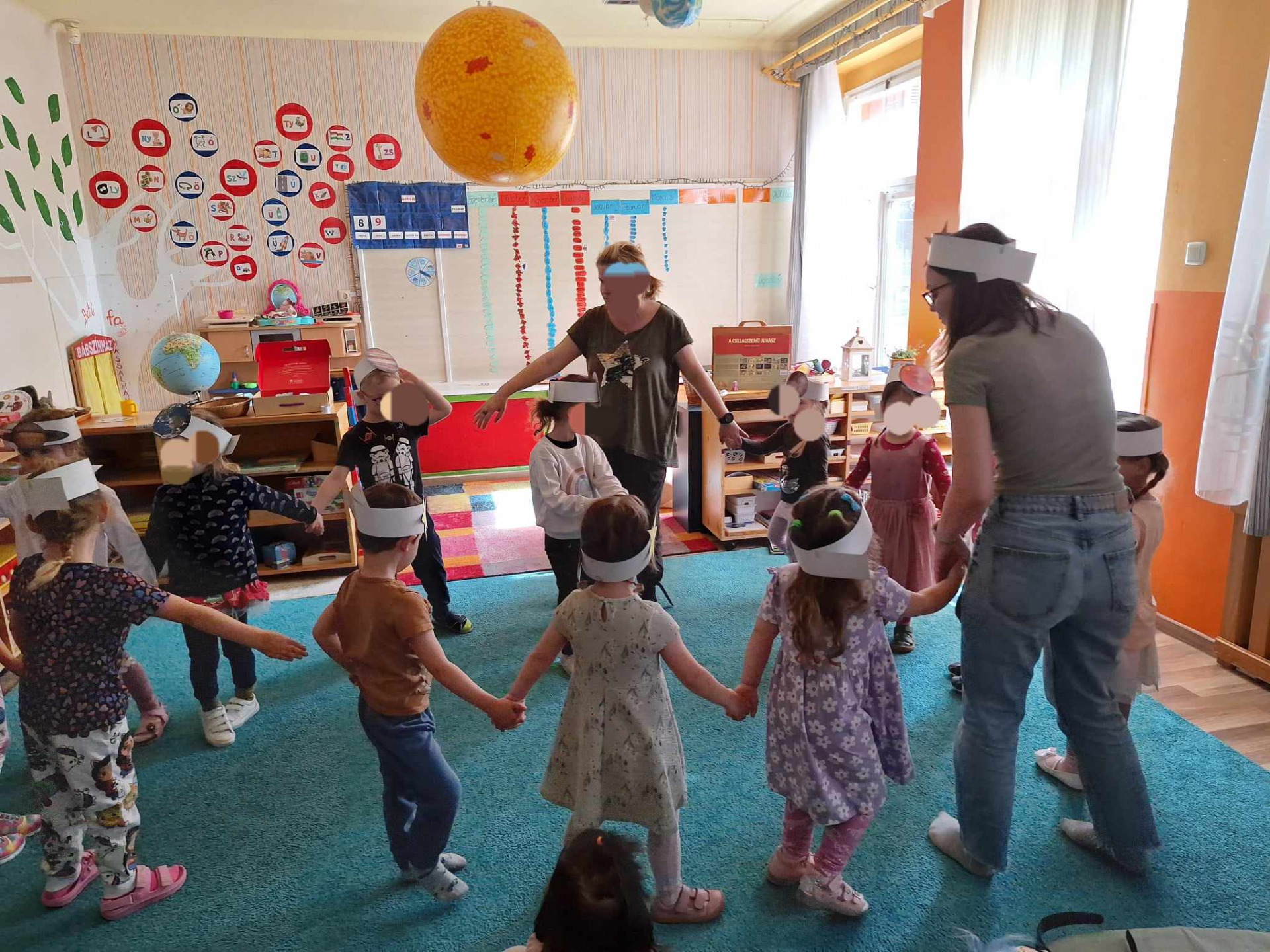
My group
I spent my one-week hospitalization in the sunshine group. It was typical for all groups in this kindergarten that children of mixed ages attended. During my practice, I have noticed that older children are very helpful to the little ones, both in terms of eating and caring activities. Their kindergarten education takes place in such a way that the kindergarten teachers fully take the children's age characteristics into account. I met very calm and obedient children in them.
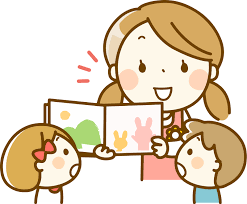
My mentor
My mentor was Erzsébet Szobota, an English Language Teacher and Montessori Teacher. She was very kind and patient, whatever questions I had, she always answered and helped me. I think that he maintains a very good relationship with the children and it was a pleasure for me to see that the children also loved her the way Böbe loved them. She held very interesting and varied activities for the children every day, both in English and Hungarian. I was glad to have her as my mentor, as I could learn a lot from her.
English programme
This kindergarten, which started in 2002, was the first in Hungary who combined Montessori pedagogy with a foreign language. The experience of the last 20 years has clearly shown that learning English at this age contributes to children's development, facilitates their adaptation, problem-solving and differentiation skills, and their natural curiosity about foreign languages. Therefore, they offer children the opportunity to learn and practice English under the guidance of qualified teachers, depending on parents' needs. There were two English kindergarten teachers in the group, but neither of them was a native speaker of English, and during the week of my internship, sometimes a pedagogical assistant was present in the group and I also had the opportunity to meet the student doing his eight-week practise.
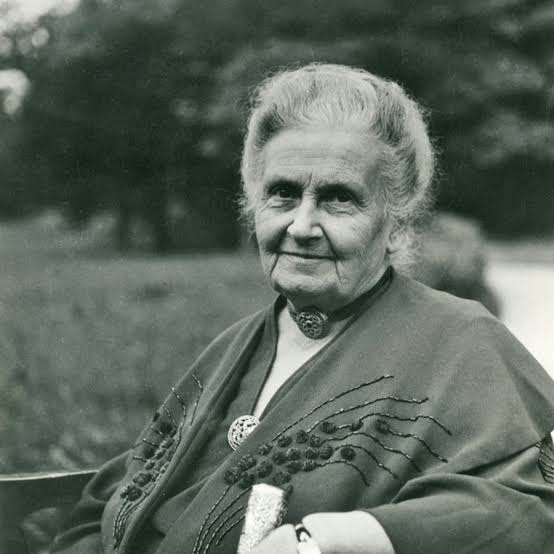
The main features of the Montessori pedagogy
Their method, which is founded by Maria Montessori, is a child-centered pedagogical approach. This approach is based on the scholarly observation of the children. I would like to share some principles of the Montessori pedagogy: developing self-determination, providing freedom, learning by yourself, helpful, supportive teachers who intervene when needed. Beside these principles, they provide the children with the opportunity for free discovery and self-determined problem-solving. Finally I would like to introduce the materials this kind of pedagogy. The materials contain the knowledge in themselves. These are free to find on the shelves so that the children can use them freely. This is how they create the optimal environment for children to learn and develop on their own. During my one week practise I could observe the areas of development, which are: sensorial development, practical life, native language development, mathematical development, cosmics, art development (literature, music, visual activity), physical education and swimming.
